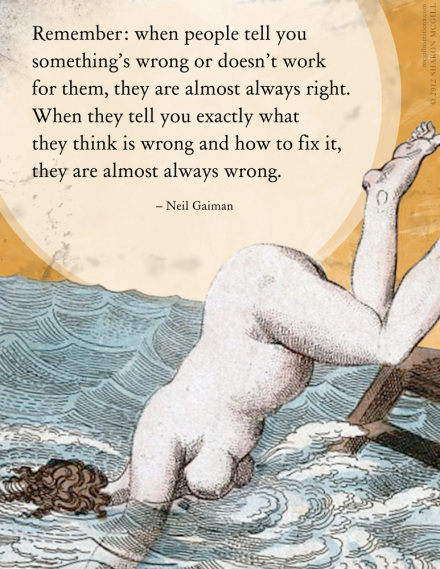Not that anyone needs another assessment. But if you know me, you know I am quite fond of them.
I’ve taken a bunch of assessments over the years, but the ones that stick with me are Myers Briggs and StrengthsFinder, which show how you respond to or interact with the world.
But one that, until last year was unknown to me, the Fascination Report, tells how others perceive and respond to you — how you uniquely fascinate them. I got my report while job-hunting, a season that challenged my sense of self, in hopes of getting a good idea of how I come across to others.
The results of my report: I’m a Maverick Leader. (Kind of feels like I should go out panning for gold and stake my land claim.)
In most ways, it nailed me. Unconventional thinker, pioneering, irreverent, entrepreneurial. While I ideate in non-linear ways, I then use a linear approach to implement my ideas.
By the way, it’s not lost on me that assessments – heck, comparison with others – is an all-out American sport, one that can doom us to not ever become what we were designed to be, if we’re not careful.
And granted, assessments like Myers Briggs, StrengthsFinder and others are not always spot on. Worse, they can be used as weapons in the workplace. On the upside, however, they are helpful in identifying our strengths and weaknesses – enough to inform where and how we do our best work, what arrangements make us happiest, etc. That’s what I look for, anyway.
Does it run in the genes?
So I was reading up again on my family, namely my dad’s father, the career grocer and occasional bootlegger.
One aunt tells me he had a little bit of a wild streak in him, shutting down his and my grandmother’s businesses so they could move north to work in the fields.
Picking up and moving like that was typically a necessity for most Mexican families in the U.S. during 1930s and 1940s, not an option. But he needed to get out and see other places,and this was his way to wander — with the entire family, 13 kids in tow.
I’ve always wondered where I get my nonconformist gene. Maybe I’m onto something by looking at my family’s history. Maybe I’ve found it.



You must be logged in to post a comment.